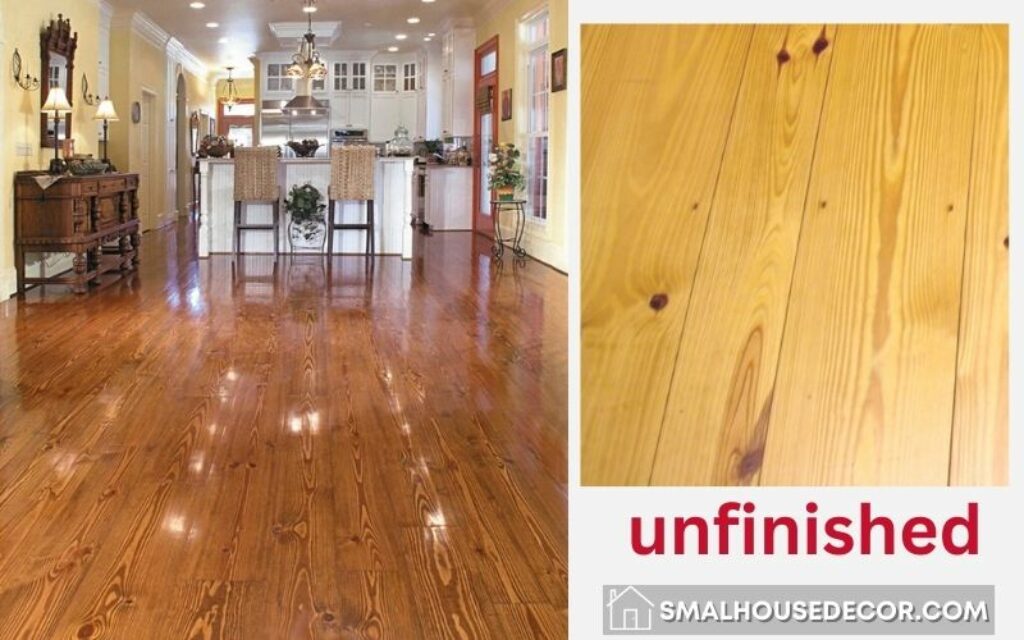Exploring UK interior design reveals a tapestry of styles, from the opulent interiors of stately homes to the eclectic designs found in converted industrial spaces. The fusion of history, culture, and contemporary aesthetics creates a dynamic landscape that continually evolves with the pulse of global design trends. In interior design, the interplay of pattern and texture forms an intricate tapestry that breathes life and character into spaces.
Much like the threads of a woven fabric, patterns, and textures intricately interlace, adding depth, personality, and intrigue to interiors. This exploration delves into the captivating world of pattern and texture in interior design, revealing their remarkable ability to compose spaces that resonate with human emotion and experience harmoniously. Individuals can join online interior design courses in the UK to delve deeper into this captivating realm. These courses unravel the secrets behind creating harmonious designs through the skilful use of patterns and textures, ensuring that spaces become artistic reflections of human expression.

Layering Identity:
Patterns, whether intricate motifs or bold geometrics, are the language of design that resonates deeply within us. They offer a canvas to express personality and evoke emotions. As a novel’s chapters unfold a narrative, patterns tell a story within spaces. A room adorned with vintage-inspired wallpaper might evoke nostalgia, while a modern geometric rug infuses a space with contemporary flair. Patterns become the voice of a room, speaking to its inhabitants and visitors alike.
Sensory Elegance:
The texture is the tactile symphony of design. It’s the smooth touch of a marble countertop, the plush comfort of a velvet sofa, or the rustic grain of wooden floorboards. Texture adds a sensory layer, inviting touch and enhancing the visual experience. Just as a melody can stir emotions, textures elicit feelings of warmth, comfort, and sophistication. They create a harmonious chorus that resonates with our innate desire for physical connection.
Contrast and Harmony:
The dynamic relationship between pattern and texture lies in their interplay of contrast and harmony. Like a skilled conductor leading an orchestra, designers meld these elements to create captivating compositions. A sleek, modern space might find balance with a textured, handcrafted rug, while a bold patterned wallpaper may find companionship in smooth, neutral furnishings. It’s the dance between opposites that gives birth to visually compelling interiors.
Visual Illusions:
Just as an artist’s illusion can deceive the eye, patterns hold the power to transform spaces visually. Vertical stripes elongate walls, creating an illusion of height, while large-scale patterns can make rooms appear more expansive. The visual trickery of design bends perceptions, much like a magician’s sleight of hand. Patterns harness the play between light and shadow, transforming dimensions like strokes on an imaginative canvas.
Tactile Warmth:
The texture isn’t merely visual; it’s a tactile experience that stirs emotions. The inviting softness of a plush rug or the cosy embrace of a knitted throw invites comfort and relaxation. The texture is the comfort food of design, a familiar touch that soothes and rejuvenates. Just as a warm embrace can melt worries away, textures envelop us in their embrace, creating an intimate connection between humans and the environment.
Cultural Echoes:
Patterns and textures often carry cultural narratives. From the intricate motifs of Persian rugs to the minimalist elegance of Scandinavian design, these elements weave tales of heritage and history. Just as folklore and traditions shape cultural identities, patterns, and textures reflect the essence of a space’s purpose and origin. They become visual storytellers, connecting spaces with their cultural roots.
Dynamic Symmetry:
The interplay of patterns and textures is a delicate balancing act that adds depth and complexity to interior design. As a musical composition combines various notes to create harmony, designers skillfully merge patterns and textures to craft visually compelling spaces. Balanced patterns can be juxtaposed with contrasting textures, creating a dynamic dialogue that captures attention and stimulates curiosity. These thoughtful combinations make interiors feel alive, resonating with the multifaceted nature of human emotions. It’s an intricate dance where each element contributes to the overall composition, like actors performing in a well-scripted play.
Also Read: Trendy Tile Patterns for a Modern Look
Texture:
Beyond its visual allure, texture is the tactile language that whispers comfort and evokes emotions. A plush rug underfoot, the soft embrace of a velvety cushion, or the cool touch of a polished stone countertop—all these textures engage our sense of touch. They create an immediate connection between us and our environment. Much like a warm embrace or a gentle pat on the back, textures provide a sense of physical well-being and emotional resonance. Incorporating textures thoughtfully into the design isn’t just about aesthetics; it’s about creating spaces that wrap us in a cocoon of comfort, making us feel at home no matter where we are.
Conclusion:
As this exploration of pattern and texture in interior design draws to a close, it’s clear that these elements are more than design choices; they are the language of emotions that speaks to our senses and experiences. Patterns and textures extend an invitation to touch, connect, and embrace the narratives they tell. Like a well-composed symphony, they mirror the breadth of human expression—from the gentle whisper of subtlety to the bold proclamation of depth. Just as artists sign their masterpieces, interior designers imprint their creativity and humanity upon spaces through the intricate fusion of pattern and texture.
One can consider joining online interior design courses in the UK to learn more about the artistry of weaving patterns and textures into designs. These courses delve into the nuances of design elements, guiding participants to craft spaces that resonate with individuality and emotion. By embracing these courses, individuals embark on a transformative journey that empowers them to bring their designs to life through the storytelling power of pattern and texture, ensuring that spaces become living embodiments of human experience.